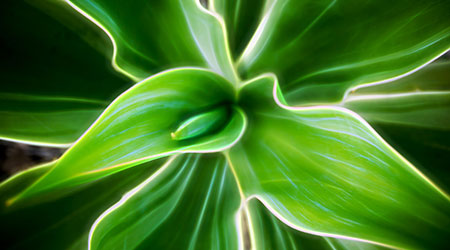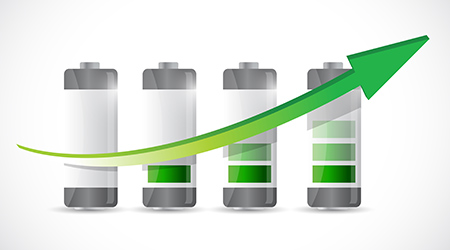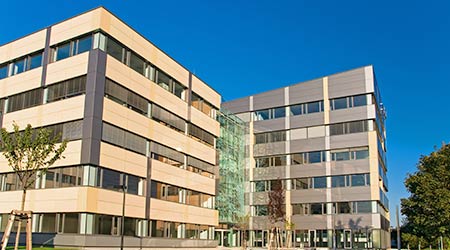
Bright Idea: Bioluminescence for Buildings
March 14, 2019
Cutting energy use while providing adequate light is one of the grails of the built environment. If electricity can be cut from the equation altogether, so much the better. Existing photoluminescent products, such as exit signs and even paving, achieve this goal. They absorb the energy from ambient light and release it later, creating a soft glow.
Now scientists are working to crack the code on bioluminescent items, such as glowing trees, which glow all of their own accord.
Researchers at Massachusetts Institute of Technology (MIT) have engineered plants that can glow for up to four hours. The research one day might provide low-level illumination in buildings and perhaps replace street lamps with glowing trees. Those end uses are still quite a ways away, however.
Making organisms that wouldn't normally glow start to glow has been in the conversation for several years now. Famously, a Kickstarter-funded bioengineering firm promised backers glowing roses in 2013. That project aimed to edit the plants with DNA from fireflies to make them glow. But gene editing is a tricky business, and the project went nowhere.
Conversely, MIT researchers infused watercress seedlings with nanoparticles derived from the enzymes that enable fireflies to glow. At first, the plants glowed for 45 minutes, but tweaking the experiment has increased glow times to four hours. Researchers one day hope to develop a formula that can be painted onto the trees and will last for the plant’s lifetime.
Naomi Millán is senior editor of Building Operating Management.
Next
Read next on FacilitiesNet












